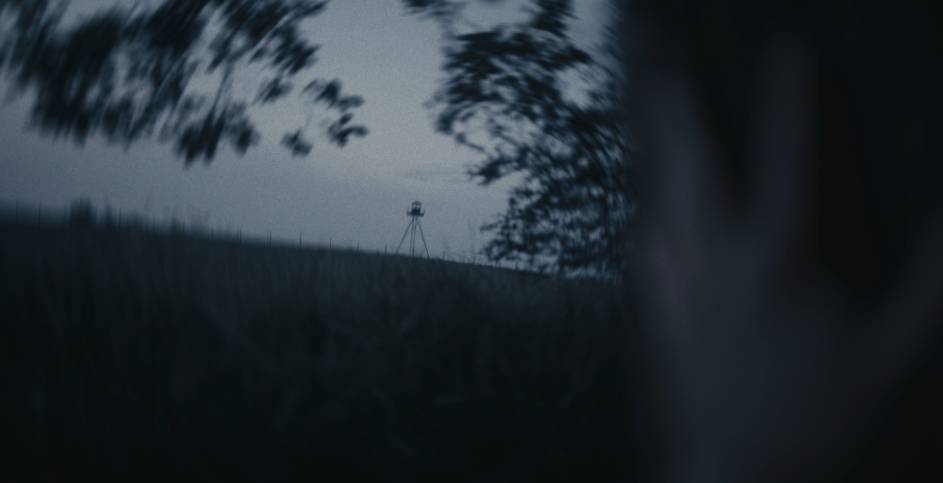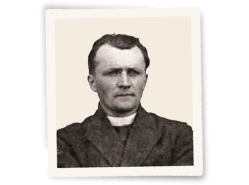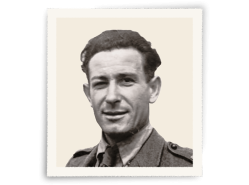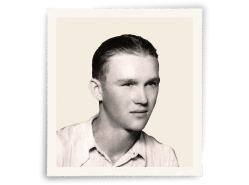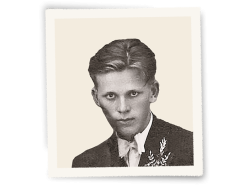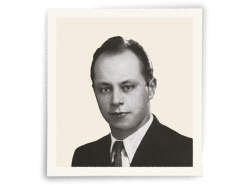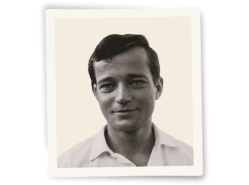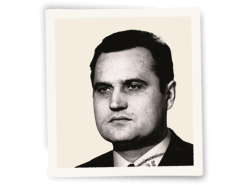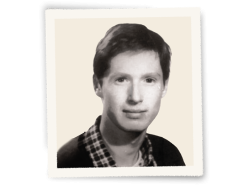It was a well-prepared trap. Ludvík Duroň from Ždánice, along with two other young men from South Moravia, decided to attempt to cross the Iron Curtain. Since they were unfamiliar with the border area, they relied on the help of a guide. However, the guide led them directly into the hands of the border guards.
Immediately after the war in 1945, Ludvík joined the SNB (National Security Corps) and became a communist. However, in 1950, he left the Security Corps and apparently was already planning to emigrate to be with his wife, who had fled to Austria.
Duroň, along with his two friends Otakar Králíček and Zdeněk Šťastný, sought help from Milan Šmíd. Although he did not have a good reputation, there was no one else available. They took a taxi to Lednice and headed towards Sedlec, from where Šmíd led them to the Austrian border. The border was just beyond a railway embankment they had to cross. However, the guide left them at this point, apologizing and disappearing somewhere.
The young men climbed to the other side, where the hidden border guards were already waiting for them. The guards had been given false information by Šmíd that armed resistance fighters would be crossing, and they started firing at them with submachine guns. They even used two grenades.
Ludvík Duroň and Otakar Králíček were killed on the spot. Zdeněk Šťastný survived but was severely injured and taken to the hospital, where he died on May 25, 1951. It is likely that he did not receive proper care and might have been subjected to torture during the transport to the hospital. The brutal intervention was investigated several times, even before 1989, but no one was ever punished for it.
Zavřít

